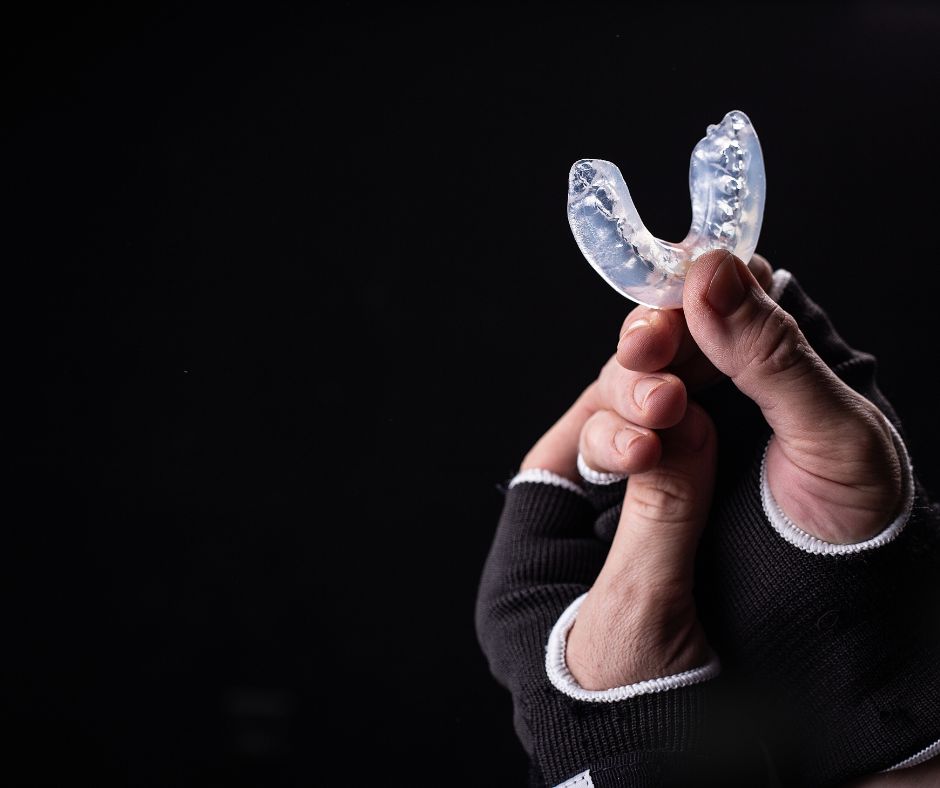
How Are Mouthguards Supposed to Fit?
Mouthguards are an essential piece of equipment for athletes and anyone engaging in physical activities that pose a risk of dental injury. They not only protect your teeth, but also your gums, lips, and tongue from damage. However, a poorly fitting mouthguard can not only compromise its protective abilities but also cause discomfort and even make it harder to breathe.
In this article, we’ll be exploring the different types of mouthguards and the factors that affect their fit. We’ll also give you some tips on how to ensure that your mouthguard fits correctly so that you can enjoy the maximum protection and comfort.
How To Measure for A Mouthguard?
Measuring for custom guards requires you to take precise measurements of your mouth. To do this, you need some gauze or another soft material that can be used to make an impression of your upper teeth. Open up the material and place it into the impression tray.
To achieve a precise and flawless imprint, press the tray up against your top teeth and gums in one swift motion. Keep firm pressure on them as you keep your head still for optimal results.
Keep the tray firm and in place until it has hardened, which typically takes five to eight minutes. To remove the impression, slowly press down on both ends of the material with your fingertips while at the same time putting pressure on its tab. Once done, rinse off the impression by washing it under soapy water and inspect thoroughly for clear imprints from teeth and gums.
Once finished, take the material out of your mouth and measure each side of the impressions to get the full length and width. Knowing these dimensions is key in finding the perfect fit when selecting a mouthguard at any store. Remember -make sure you measure correctly before buying a mouthguard!
The Different Types of Mouthguards
Mouthguards have been used in different settings, from sports like football and basketball to medical procedures such as sleep apnoea and teeth grinding. A wide variety of styles exist, each offering its own advantages depending on each individual’s needs.
- Stock mouthguards
Stock mouthguards are inexpensive, ready-made appliances that generally require no customisation and provide the least amount of protection. Unfortunately, there is not much that can be done to alter their fit. These mouthguards are quite bulky and make it hard for people to breathe or talk easily.
- Blitz Mouthguards
Blitz Mouthguards offer a “boil and bite” design that will form to an individual’s teeth with a little heat and pressure applied.
- Custom-made mouthguards
Custom-made mouthguards provide superior protection, comfort and fit since they are specifically designed for each person’s dental structure by a trained professional.
A fitting mouthguard should be aligned precisely with the place where your last two molars meet; it should not compress too much of your soft palate, which could activate your gag reflex and cause you to choke. It should also not overwhelm your entire upper jaw.
Regardless of which type is chosen, it is important to know that all approved mouthguard designs won’t meet the same standards for safety and efficacy; hence it’s better to get a custom-made mouthguard that fits properly in your mouth for better breathing and speaking.
How To Mold A Mouthguard
Creating a custom-fitted mouthguard is a fairly straightforward process. The first step of the fitting process is to measure the size and shape of your teeth and then choose an appropriate moulding material.
Once the material of choice has been selected, place the mouthguard carefully in hot water until it has reached its softest point. Then, it is important to let the material cool down a bit before placing it into your mouth to avoid potential burns.
The softened material should be placed between the teeth and gently pressed against the gums. Bite down firmly to get the impression of your lower teeth on the underside of the material.
Place your tongue against the roof of the mouth to create pressure, and suck the guard firmly against your top teeth. This will achieve a tight fit around your teeth.
